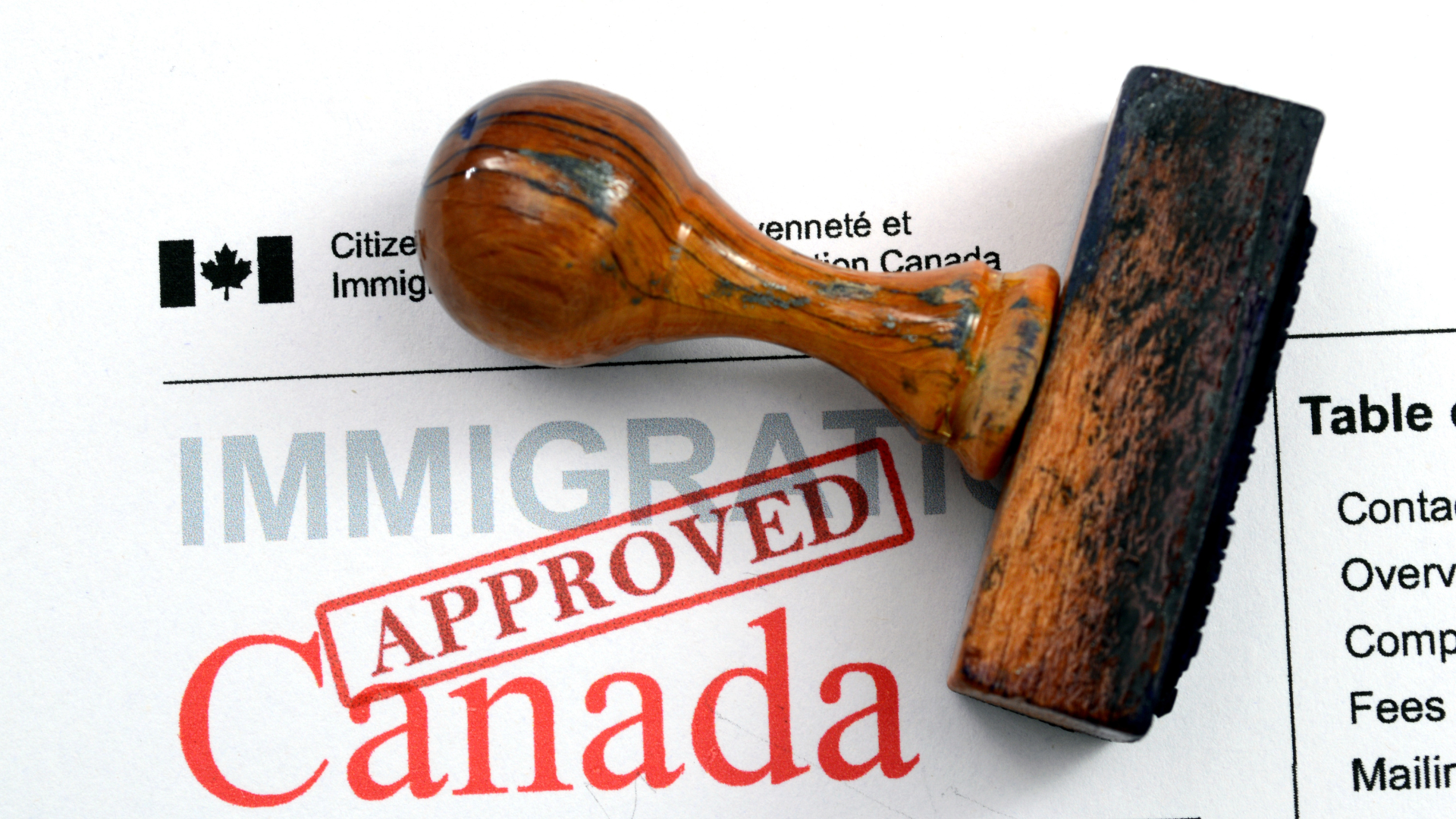Exploring Canadian Immigration Options for U.S. H-1B Visa Holders

If you’re currently working in the U.S. on an H-1B visa and
have been waiting on a green card, Canada may offer a more straightforward and
quicker path to permanent residency. While the U.S. immigration process often
involves lengthy waits, lotteries, and complex employer sponsorships, Canada’s
immigration system is designed to prioritize skilled workers through clear and
structured pathways.
Canada’s Express Entry system stands out as a pool-based
model that fast-tracks top candidates for permanent residency. Skilled
professionals with advanced education, substantial work experience, and strong
language abilities can score highly in the Comprehensive Ranking System (CRS),
putting them in a favorable position for an Invitation to Apply (ITA).
In contrast, the U.S. H-1B to green card process often
depends on external factors such as lottery results and per-country quotas,
leading to years of uncertainty. For many professionals, Canada provides a more
predictable route, with clearly defined eligibility criteria and faster
processing times.
Pathways for Moving to Canada from the U.S.
If you’re on an H-1B visa and considering a move to Canada,
here are several immigration pathways that could suit your situation:
- Express
Entry:
- Residency
Status: Permanent
- Eligibility:
High CRS scores based on education, work experience, and language
proficiency.
- Processing
Time: Typically about six months once an ITA is received.
Through Express Entry, candidates who meet the requirements
of one of three federal programs—Canadian Experience Class (CEC), Federal
Skilled Worker Program (FSWP), or Federal Skilled Trades Program (FSTP)—can
apply for permanent residency. Additionally, gaining Canadian work experience
before applying can help boost CRS scores.
- Provincial
Nominee Program (PNP):
- Residency
Status: Permanent
- Eligibility:
Criteria vary by province. Some streams require a job offer, while others
focus on specific skills or occupations.
- Process:
First obtain a provincial nomination, then apply for federal permanent
residency.
- Options:
More than 80 streams across Canada’s provinces and territories, with some
targeting healthcare, tech, and other in-demand fields.
PNPs allow provinces to select immigrants who meet local
labor market needs. Even candidates with lower CRS scores can secure a
provincial nomination, which significantly increases their chances of becoming
a permanent resident.
- Intra-Company
Transferees (ICT):
- Residency
Status: Temporary work permit, with potential
pathways to PR.
- Eligibility:
Executives, managers, or employees with specialized knowledge working for
multinational companies.
- Duration:
Renewable up to seven years for executives/managers; up to five years for
specialized knowledge roles.
- Process:
Transfer to a Canadian branch of your current employer.
While ICTs begin as temporary permits, they can lead to
permanent residency options, especially when combined with provincial or
federal immigration programs.
- Temporary
Foreign Worker Program (TFWP):
- Residency
Status: Temporary work permit, with potential
for extension.
- Eligibility:
Job offer supported by a Labour Market Impact Assessment (LMIA).
- Process:
Secure a Canadian employer willing to undergo the LMIA process.
Working temporarily in Canada under the TFWP can provide
valuable experience that strengthens your Express Entry profile or leads to PNP
opportunities.
- Free
Trade Agreement (FTA) Work Permits:
- Residency
Status: Temporary work permit, renewable under
certain agreements.
- Eligibility:
Citizens of countries with an FTA, such as the Canada-United
States-Mexico Agreement (CUSMA).
- Process:
Work permits issued for certain professions covered under the agreement.
Professionals from FTA-partner countries may have an easier
time obtaining a work permit and can eventually explore permanent residency
through other channels.
- International
Experience Canada (IEC):
- Residency
Status: Temporary work permit (open or
employer-specific).
- Eligibility:
Young adults (typically ages 18-35, depending on the country) from
participating nations.
- Process:
Apply for a Working Holiday, Young Professionals, or International Co-op
work permit.
The IEC is especially appealing for younger individuals who
want to experience Canada before committing to permanent residency.
Why Consider Canada Now?
Canada’s latest Immigration Levels Plan sets a target of
welcoming over 360,000 new immigrants annually. This growing demand for skilled
professionals means opportunities for workers across various industries are
expanding. By choosing one of Canada’s immigration pathways, U.S. H-1B visa
holders can not only find stability and clarity in their immigration status but
also gain access to Canada’s thriving job market and quality of life.





